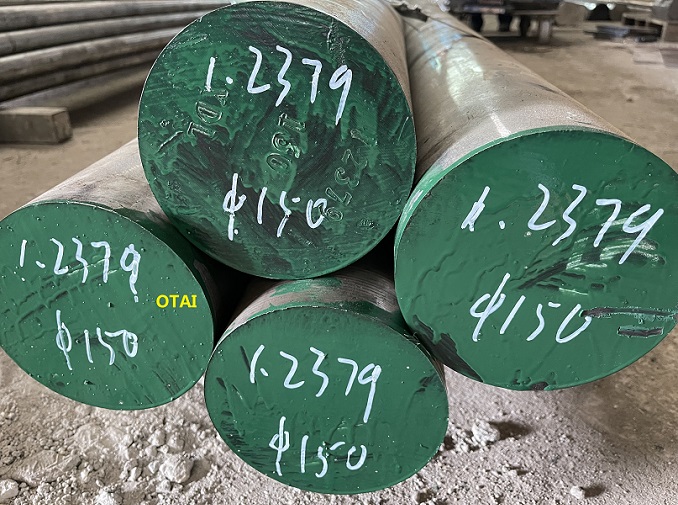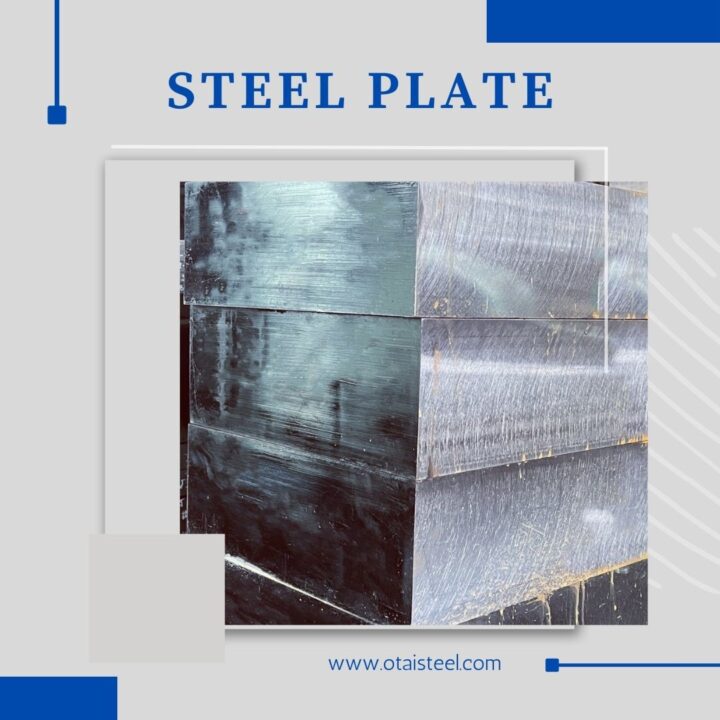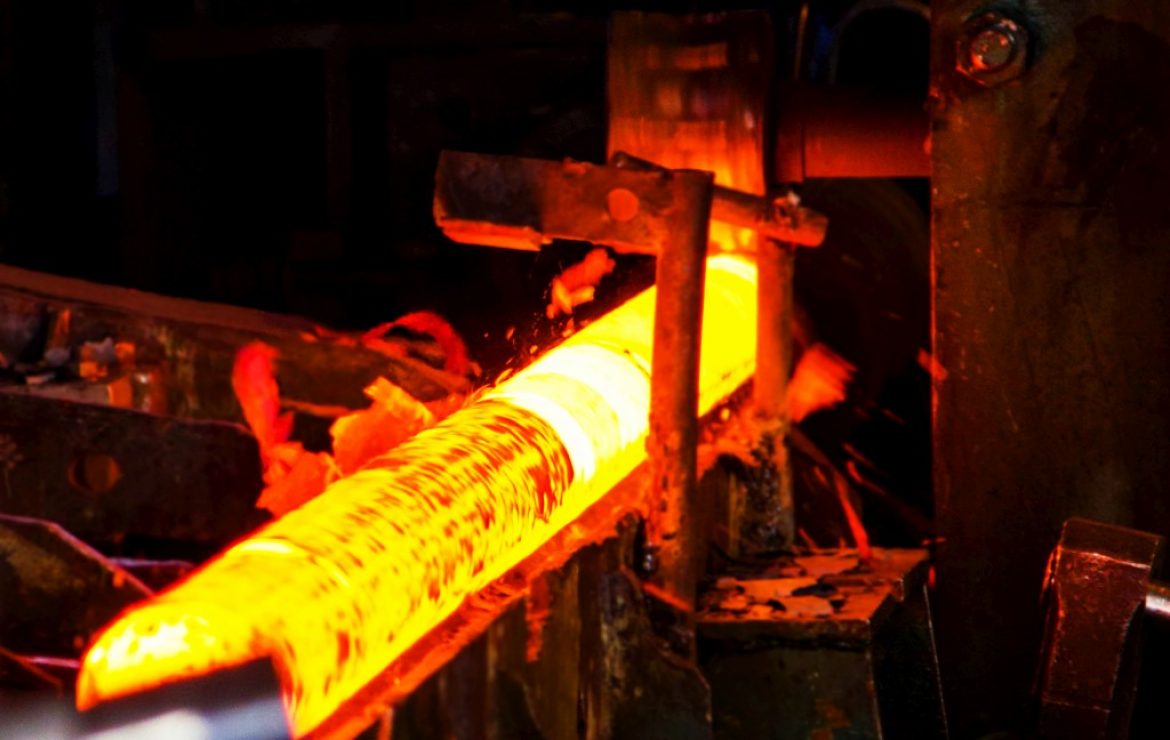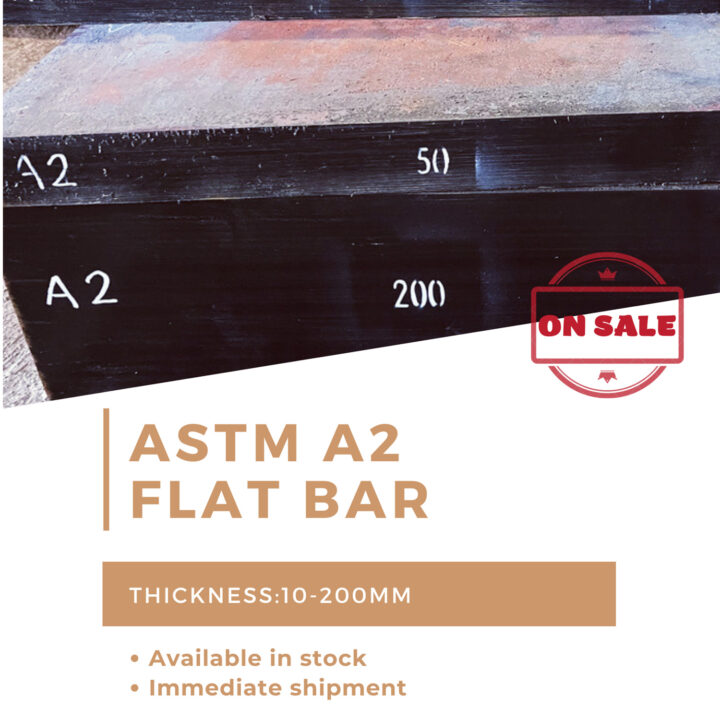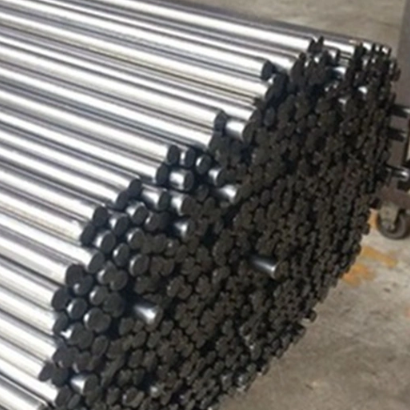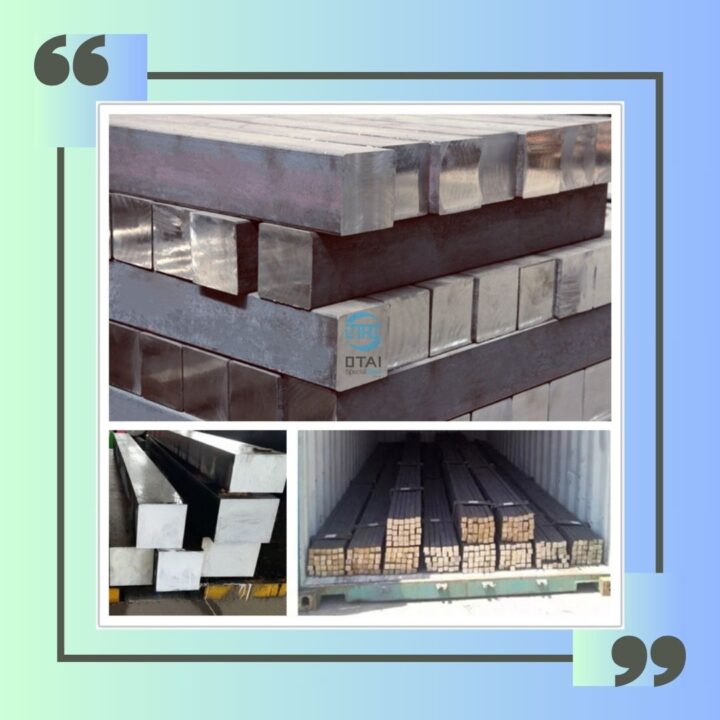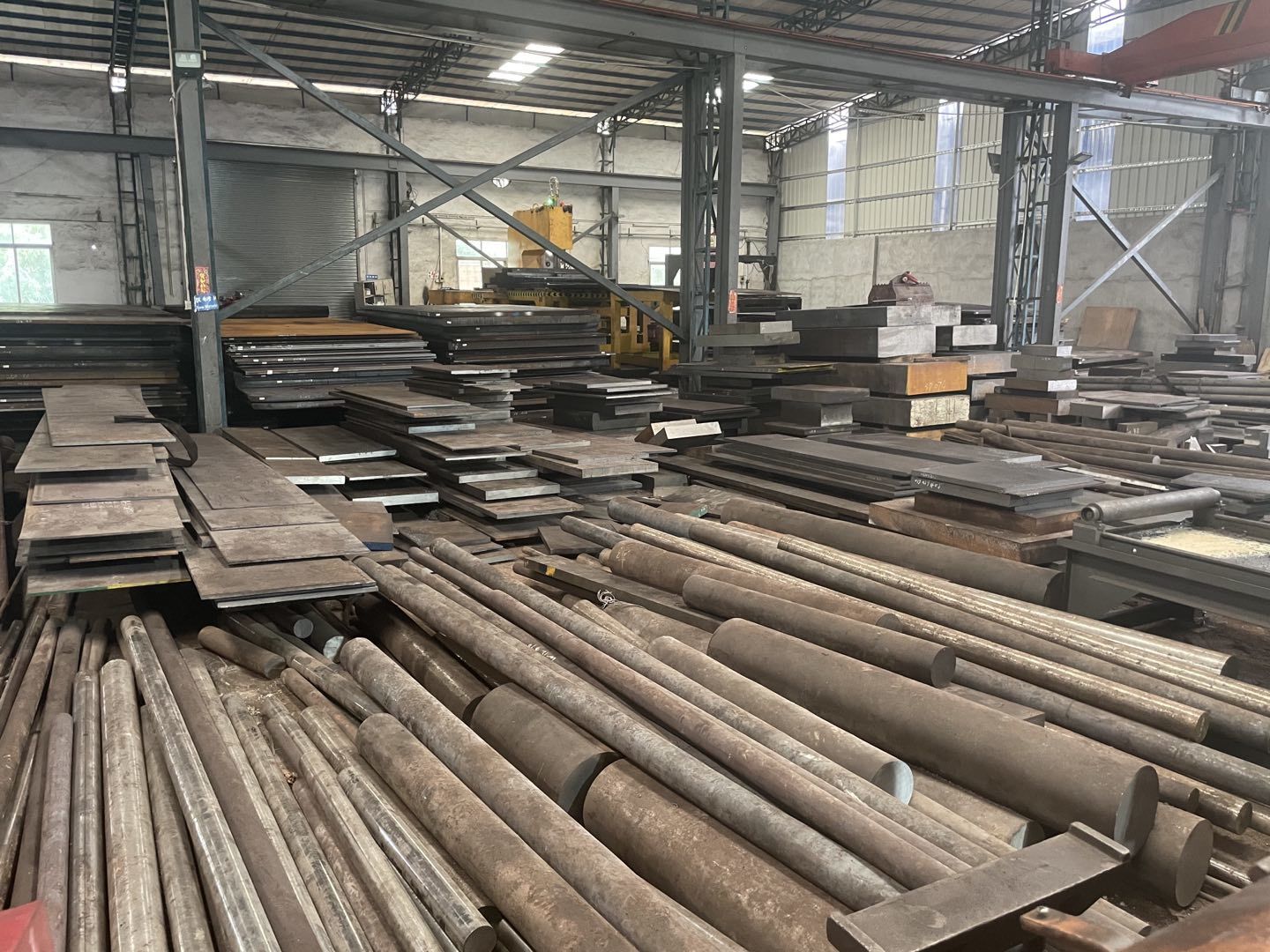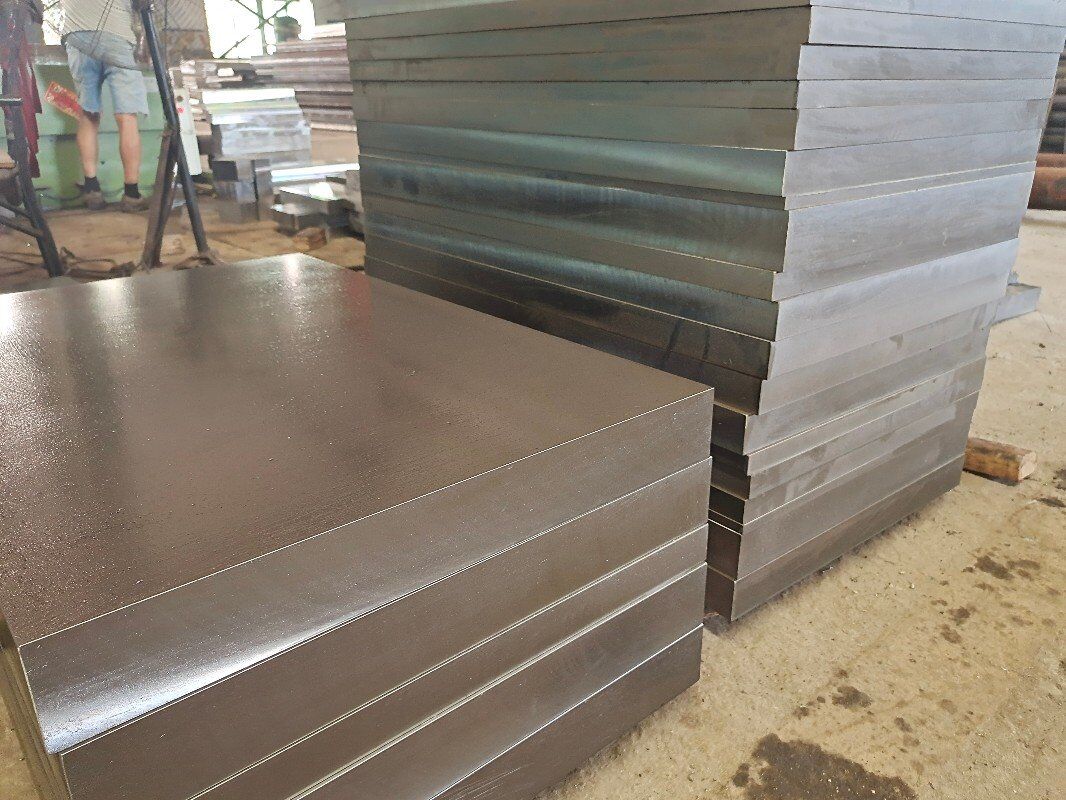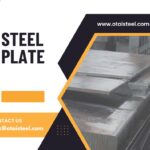Optimizing A2 Steel for Performance
Before we talk about optimization, let’s get to know A2 steel a little better. A2 steel is an air-hardening tool steel composed of carbon, chromium, molybdenum, and vanadium. This unique blend contributes to its exceptional wear resistance, toughness, and dimensional stability. The key to optimizing A2 steel lies in leveraging its inherent properties.
Tailoring Heat Treatment: The Crucial Aspect of Performance Enhancement
Heat treatment is the secret sauce that brings out the best in A2 steel. The process involves heating the steel to a specific temperature and then quenching it to achieve the desired hardness. For A2 steel, a crucial part of the heat treatment process is the air quenching, a characteristic that sets it apart. This method helps avoid the complications of oil or water quenching and ensures uniform hardening.
Precision Matters: Machining A2 Steel with Finesse
When it comes to working with A2 steel, precision is the name of the game, especially during machining. The fine-grained microstructure of A2 steel can work harden during machining, so selecting the right tools and maintaining appropriate cutting speeds are critical. Carbide or high-speed steel tools, combined with proper coolant, can make all the difference in achieving a smooth finish.
Forging the Future: Craftsmanship in A2 Steel Forging
For artisans and blacksmiths, forging A2 steel can be both an art and a science. The resistance to deformation during forging makes A2 steel an excellent choice for crafting tools or blades. The controlled heating and gradual cooling during forging contribute to the formation of a robust structure that enhances the durability and performance of the final product.
Welding Wisdom: A2 Steel Joinery Techniques
Welding A2 steel requires finesse to preserve its properties. Preheating the material, selecting the right filler materials, and post-weld heat treatment are crucial steps to ensure a strong bond without compromising the steel’s integrity. The goal is to weld without introducing excessive heat that could alter the steel’s microstructure.
Final Flourish: Surface Treatment for A2 Steel
The last touch in optimizing A2 steel for performance often involves surface treatments. Whether it’s polishing for a smooth finish, coating for added protection, or nitriding for enhanced hardness, the choice depends on the intended application. These treatments not only improve aesthetics but also contribute to the steel’s corrosion resistance.
Durability Demands: A2 Steel Maintenance Tips
Preserving the performance of tools or components made from A2 steel requires proper maintenance. Regular cleaning, lubrication, and storage in controlled environments can prevent corrosion and deterioration. These simple practices can extend the life of your A2 steel creations, ensuring they perform optimally for the long haul.
Conclusion
In the realm of tool steels, A2 steel shines as a versatile and high-performance option. Optimizing its potential involves a deep understanding of its composition, precision during heat treatment, craftsmanship in forging, finesse in welding, and the right finishing touches. Whether you’re a seasoned professional or a DIY enthusiast, mastering these techniques ensures that A2 steel delivers on its promise of durability and precision.
